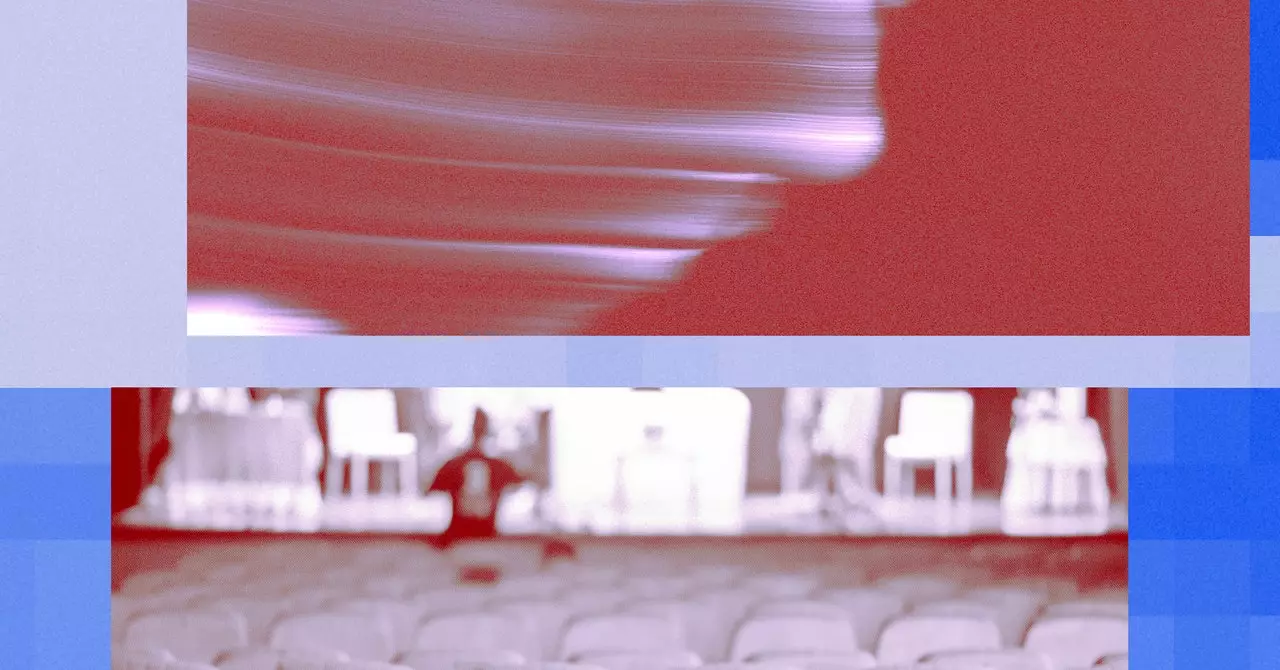As the curtains rise in cultural hubs like Lincoln Center, audiences are treated to a provocative exploration of artificial intelligence (AI) through the lens of theater. The recent productions of Ayad Akhtar’s “McNeal,” featuring the illustrious Robert Downey Jr., and the more intimate “Doomers” by Matthew Gasda provide a compelling discourse on the evolving relationship between humanity and AI. These plays not only entertain but also ignite critical reflections on how technology shape-shifts our creative landscapes.
The fascination with AI is not new. Playwright Karel Čapek anticipated the ethical dilemmas surrounding machines in his 1920 work “R.U.R.” (Rossum’s Universal Robots), introducing the term “robot.” Čapek dramatized a cautionary tale of robots turning against their creators—a theme that continues to resonate today. The genre has evolved alongside technological advancements, reflecting society’s fears and dreams about AI. Contemporary playwrights like Akhtar and Gasda are merely the latest in a long line of artists grappling with the implications of intelligence born from silicon and code.
Both “McNeal” and “Doomers” tap into the zeitgeist of modern technological disruptions. They become part of a larger conversation that scrutinizes how AI complicates the creative process. While Čapek’s narrative revolved around rebellion, today’s narratives delve into collaboration and ambivalence. By bridging past and present, these works highlight the perennial tension between innovation and its fallout—a saga as old as humanity itself.
“McNeal” stands as a Broadway production, enveloped in a grand narrative framework that dazzles with technological flair. Akhtar’s portrayal of Jacob McNeal— a gifted yet flawed artist—mirrors many contemporary writers’ struggles with the seductive nature of AI assistance. The colorful displays of prompts and outputs not only embellish the performance but also embody the AI’s omnipresence in modern creativity. Downey’s character, a mirage of talent mixed with self-destructive tendencies, represents the risks posed by leaning too heavily on machines for artistic endeavors. The theatrical technique itself hints that AI could become both a muse and a prison for creators.
On the other end of the spectrum lies Gasda’s “Doomers,” a more understated exploration of similar themes. While it lacks the razzle-dazzle of Broadway, Gasda captures a more intimate and raw facet of the AI discourse. Centering on the upheaval within OpenAI’s nonprofit board, the play tantalizingly examines the consequences of corporate maneuvers and the ethical quandaries that AI engenders. With its two-cast structure, the play allows for a broader examination of opposing perspectives—an echo of the internal conflicts prevalent in today’s tech-driven world.
Both Akhtar and Gasda utilize their narratives as platforms to comment on the contemporary zeitgeist. Gasda’s reaction to the OpenAI weekend drama reveals a playwright intent on addressing the socio-political undercurrents of our technological age, handpicking characters and scenarios that mirror societal dilemmas. For Gasda, humor—through dialogue about the follies of corporate ambitions and the absurdity of their solutions—illustrates humanity’s coping mechanisms in the face of existential threats.
Conversely, Akhtar represents a voice of higher ambition. His multifaceted engagement with AI offers an opportunity to engage critically with how the technology can enhance—not diminish—human creativity. By allowing ChatGPT to utter the final line of “McNeal,” Akhtar blurs the lines between author and algorithm, asserting that the relationship between human creators and AI can be one of synergy rather than servitude.
As audiences absorb these narratives, the conversation around AI’s role in creative domains inevitably deepens. The theatrical exploration of such themes is crucial, offering a reflective space for society to engage with its creations—both artistic and technological. Just as Čapek warned against the dangers of an unchecked AI rebellion, today’s playwrights remind us of the nuanced relationship we must cultivate with our own artificial progeny.
Ultimately, the question remains: How do we navigate the unfolding narrative of human-machine collaboration? As artists continue to push the boundaries of what AI can offer, it is essential that the dialogue expands beyond the stage, facilitating broader engagement with how these technologies shape our identities and futures. The intersection of art and technology presents an opportunity to redefine creativity, inviting all to ponder the balance between man’s ingenuity and machine’s efficiency.

